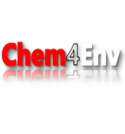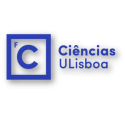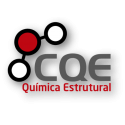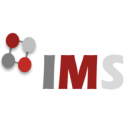
The activities of Hydrometallurgical Separations Lab. are focused on research towards the optimization of solvent extraction (or, more correctly, liquid-liquid extraction) to achieve the efficient and selective separation of a given metal from complex aqueous matrices. Accordingly, the lab owns all the adequate equipment for its purposes, such as several hot-plate magnetic stirrers, and a few double-wall cells for temperature control.
The dedicated production of new organic compounds, to be tested as metal ion extractants, is rather common; therefore, the lab is also equipped with the general facilities required for organic synthesis. Atomic absorption spectroscopy (AAS) and inductively coupled plasma – atomic emission spectrometry (ICP-AES) are the analytical tools used to determine the metal contents in the aqueous solutions.
Being a lab belonging to a University, with a training philosophy behind, its main collaborators have been undergraduate, master, PhD, and post-doc students. PhD and post-doc students are the members staying for a longer time in the lab; therefore, they usually help in the organization of the experimental activities and supervision of the youngsters. The higher-qualified members of the lab possess a broad knowledge about hydrometallurgical solvent extraction, either from a scientific or technological point of view.
The main applications of the research activities of this lab are nowadays in the environment and recycling areas, particularly in the recovery of value-adding metals from end-of-life materials such as spent catalysts.



